Referring to diagram as shown in , findthe velocity of the particle when the particle when the spaarticle justcovers , .
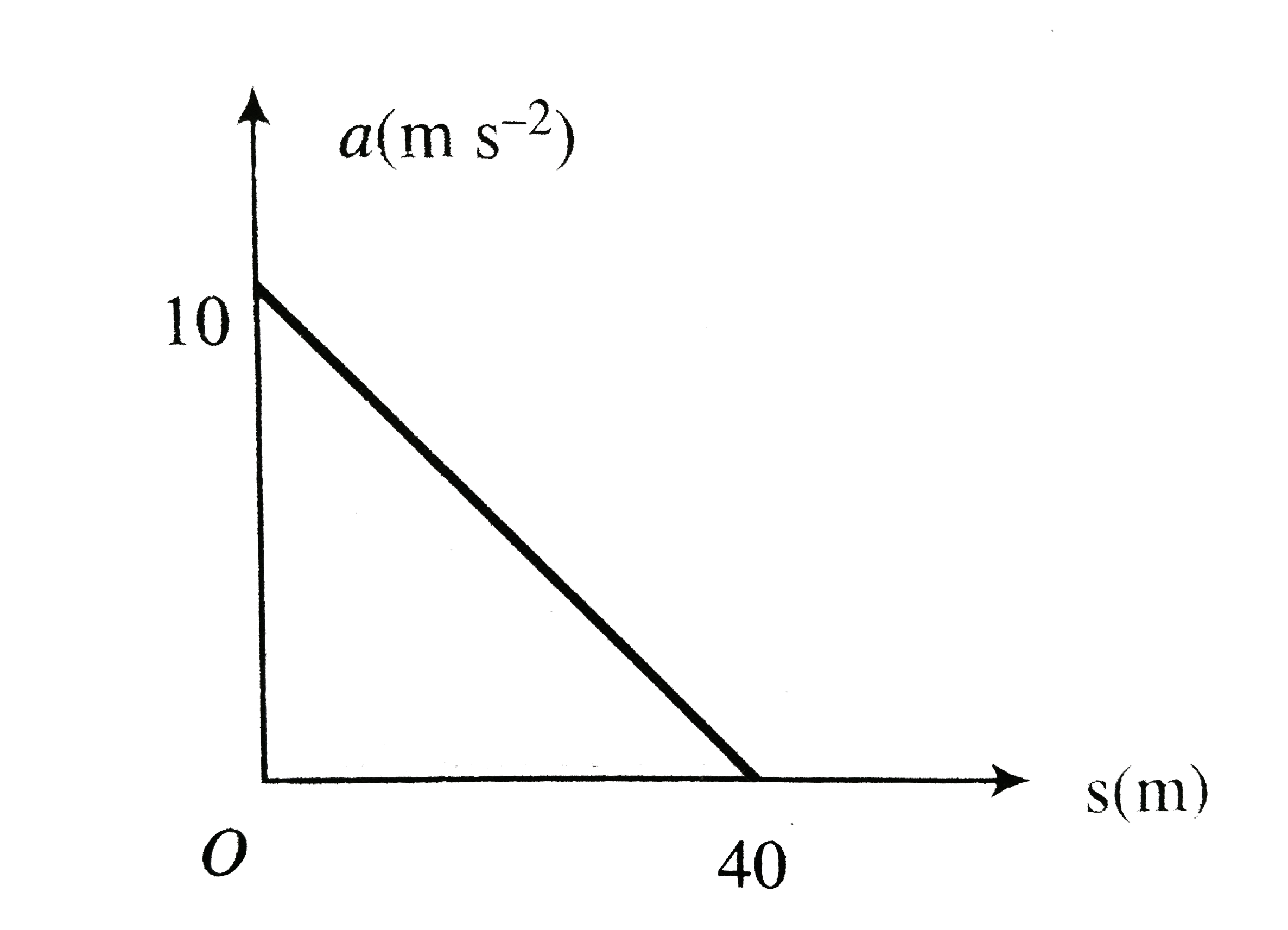 .
.
The correct Answer is:
.
Topper's Solved these Questions
- KINEMATICS-1BOOK - CENGAGE PHYSICSCHAPTER - KINEMATICS-1EXERCISE - Single Correct
52 Videos
- KINEMATICS-1BOOK - CENGAGE PHYSICSCHAPTER - KINEMATICS-1EXERCISE - Graphical Concept
17 Videos
- KINEMATICS-1BOOK - CENGAGE PHYSICSCHAPTER - KINEMATICS-1EXERCISE - Exercise 4.4
16 Videos
- GRAVITATIONBOOK - CENGAGE PHYSICSCHAPTER - GRAVITATIONEXERCISE - INTEGER_TYPE
1 Videos
- KINEMATICS-2BOOK - CENGAGE PHYSICSCHAPTER - KINEMATICS-2EXERCISE - Exercise Integer
9 Videos
Similar Questions
Knowledge Check
The acceleration of a particle which moves along the positive x-axis varies with its position as shown in figure. If the velocity of the particle is 0.8ms−1 at x = 0, then velocity of the particle at x=1.4m is (∈ms−1).
 A1.6B1.2C1.4DNone of these
A1.6B1.2C1.4DNone of theseIn a linear S.H.M., the acceleration of the particle is zero, when its velocity is
AZeroBMaximumCHalf of its maximum valueDMinimum
A particle describing circular motion as shown in figure. The velocity of particle in m s is-
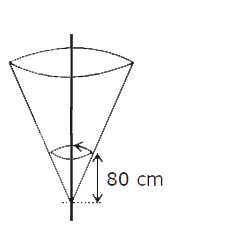
View SolutionThe acceleration-displacement graph of a particle moving in a straight line is as shown in figure, initial velocity of particle is zero. Find the velocity of the particle when displacement of the particle is s=12m.
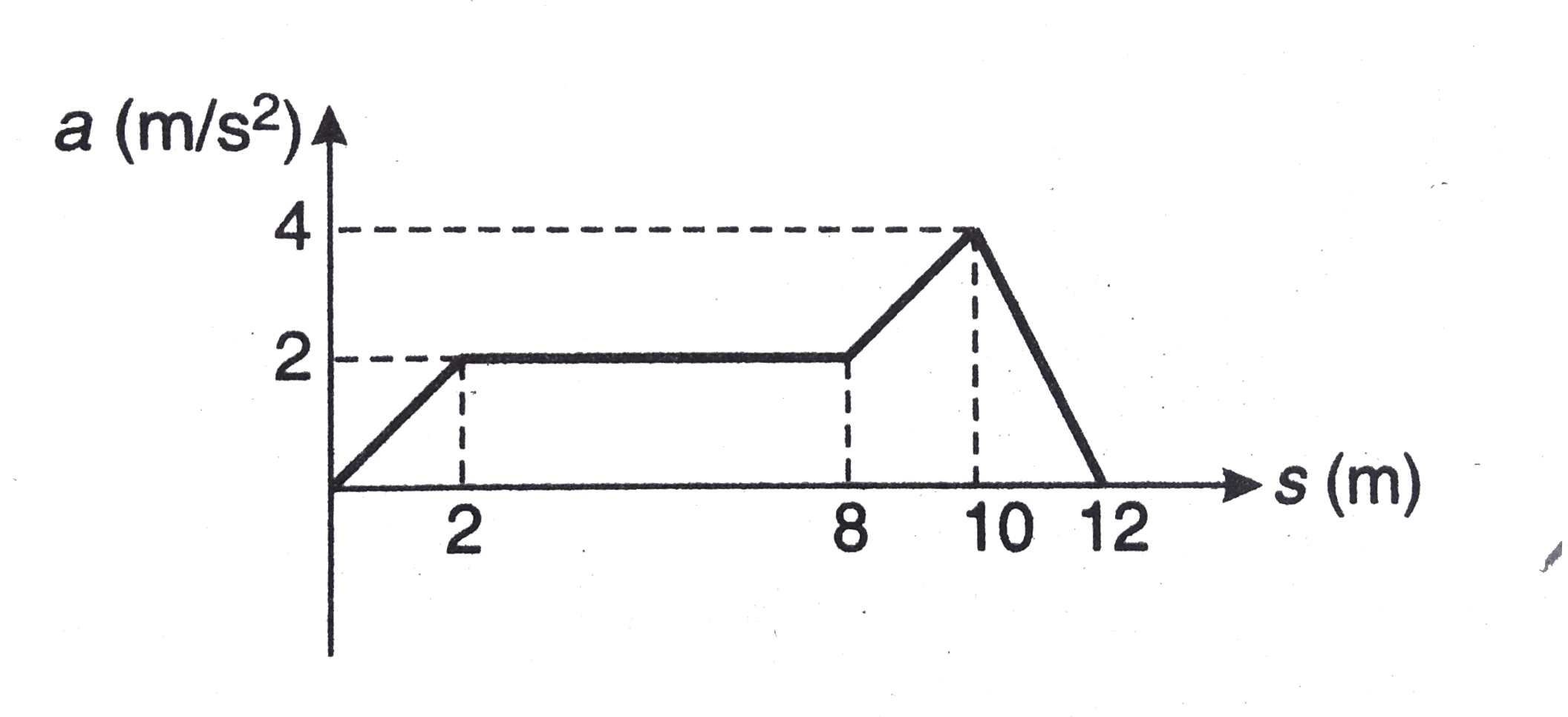
View SolutionDeduce an expression for the velocity of a particle executing S.H.M. When is the particle velocity maximum?
View SolutionDeduce an expression for the velocity of a particle executing S.H.M. When is the particle velocity minimum?
View SolutionRefering to v−s diagram, find:
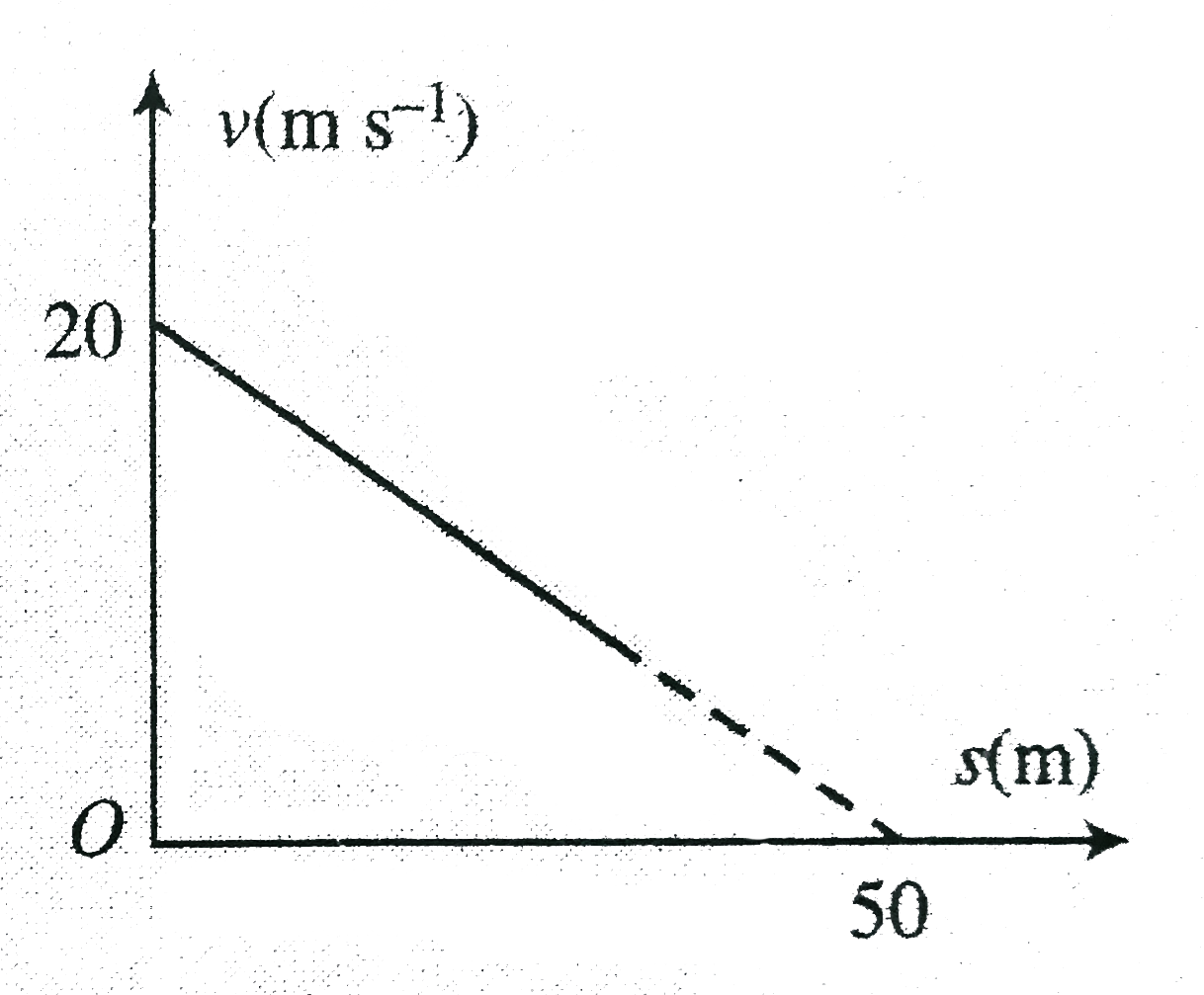 .
.
a. Acceleration of the particle when its velocity becomes half of the initial velocity.
b. Total distance covered by the particle.
View SolutionDeduce an expression for the velocity of a particle executing S.H.M. When is the particle velocity (i) Maximum (ii) minimum ?
View Solution

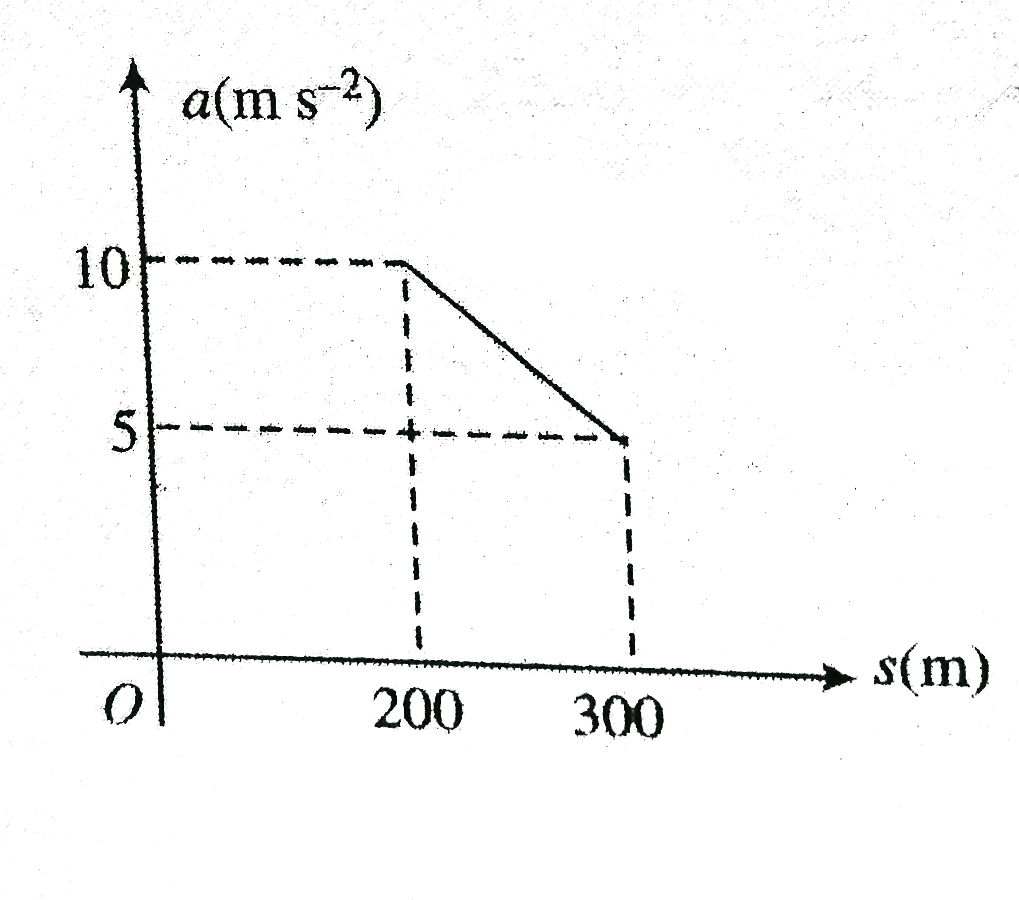 .
.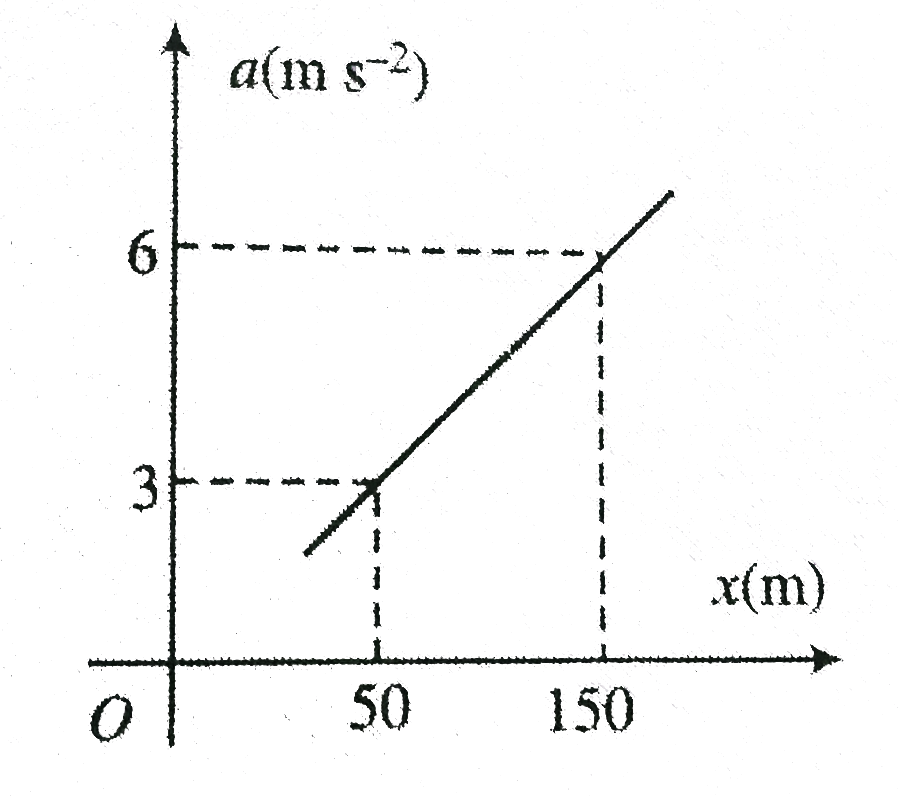 .
.